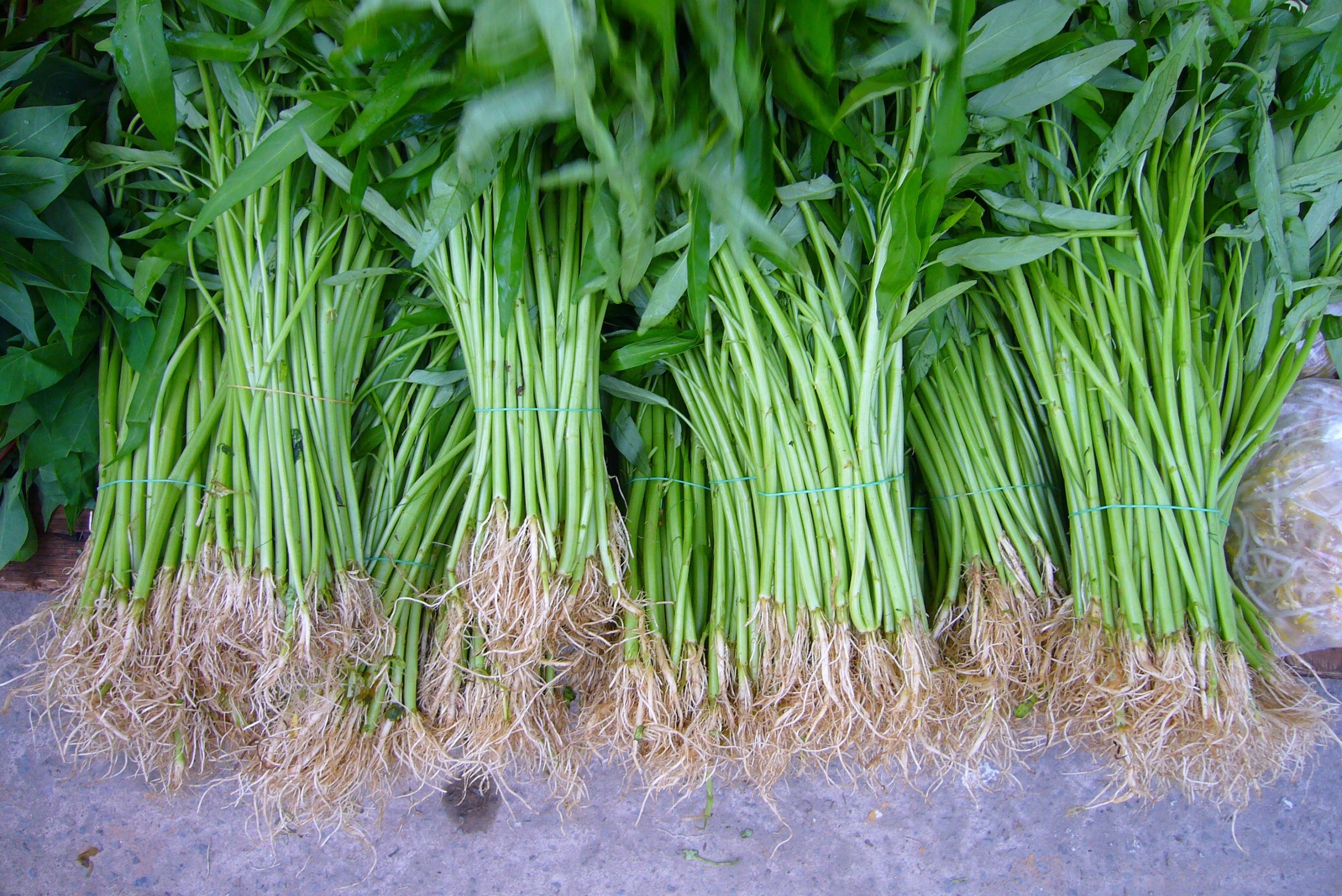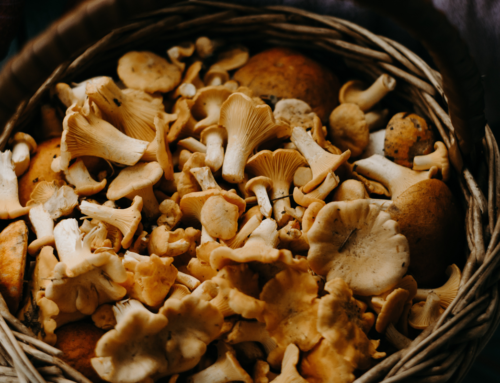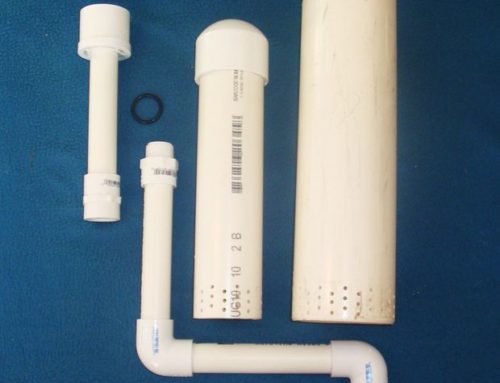Crop yields are an essential aspect of every farmer’s day, impacting how profitable their farmland can be. Learning how to improve crop yields is key to successful farming, and access to new technologies and planting methods has given farmers an opportunity increase crop production – the key to maintaining the long term sustainability of their farm.
The concept of high-performance agriculture is key in understanding the importance of crop yields. How much you can produce within a given amount of land is essentially how efficient you are as a farmer. In today’s economy, being able to do things efficiently is as important as ever. You want to ensure that you are maximizing your space and the land you have worked to cultivate. High yielding crops not only improver your efficiency, but your bottom-line as well.
High yielding crops
1. Cucumbers
Cucumbers need space to climb, which makes them great in a vertical garden. You can put them right up against a wall, or make a trellis for them to climb up. If you are really tight on space and want to put them in a container, no problem! Buy varieties that say they are compact or “bush” varieties. These vines only spread a few feet. You might also want to think about placing a few onions near or around your cucumber plants as studies show that not only will onions keep soil bacteria and insects away, but they increase the cucumber plants overall yield. No matter how you grow them, you are going to end up with more cukes than you can possibly eat, freeze, or pickle!
2. Squash
If you don’t pay attention to your squash plants, they can overtake your entire garden in one season! This is why squash is a great plant to grow vertically. Squash are one of those super over productive plants that are going to give you tons of squash, no matter which type you want to grow, and there are so many different kinds! Zucchini, summer squash, winter squash, you name it! Your neighbors will be hiding from you after a while because they are afraid you are going to give them yet another bag of squash from your garden!
3. Beans
We don’t mean green beans, we mean black, white, or pinto beans, the kind you can dry and use all year round. These are a staple you will really appreciate later on in the year. In fact, when stored properly, beans can last for years! This is a great way to stretch the family budget and if you are a prepper, you can store your beans almost forever. Depending on the variety you choose, beans can produce about 3 to 5 pounds per 100 square feet! Many beans are natural climbers, so rig up a trellis and let them go to town!
4. Tomatoes
The old garden stand-by. You can plant grape tomatoes or cherry tomatoes in containers and get tons of them right up until the first frost. These are great for canning or making into sauces for later use. Why pay 4 bucks for a small container of cherry tomatoes when you can buy a plant for a dollar or two, put it in a container and have all the cherry tomatoes you want, fresh and organic, all summer long? Other tomatoes are great in containers as well, just be sure that you water them well in the hottest months. Most tomatoes do need plenty of water and sun, but other than that, these are some of the easiest plants you will ever grow, and you will end up with so many tomatoes, that you might start to feel a bit Italian.
5. Peanuts
Peanuts require lots of hot weather and plenty of water, so these grow best in southern states. However, if you can grow them in your area, peanuts are one of the best crops you can grow in terms of not only yield, but nutritional value. You can get as much as 6 pounds per 100 square feet. Peanuts are high in fat, yet rich in protein and they keep forever. If you are a prepper, these are another good choice. Even if you’re not, imagine having truly fresh roasted peanuts for snacks, making your own peanut butter, or those peanut sauces for Thai food from your own fresh peanuts? Delicious!
6. Leaf Lettuce
Now, these are best grown in areas where it isn’t quite so hot. The cool thing about leaf lettuce is that you can harvest the leaves whenever you like, and more will grow back in their place. You simply need to be certain that you don’t cut the crown. Snip some leaves for your salad, and they will grow back in a matter of days! Some of the best leaf lettuce varieties are Oak Leaf, Mesclun, and Red Sails.
High Value Crops:
High value crops generally refer to non-staple agricultural crops such as vegetables, fruits, flowers, ornamentals, condiments and spices2, 3. Most high value agricultural crops are those known to have a higher net return per hectare of land than staples or other widely grown crops. They therefore generally have a monetary value higher than staple crops in emerging and expanding local, national, regional and global markets. High value crops and products present an ideal opportunity for the poor in many developing countries to increase their income by participation in commodity value chains, provided there is effective vertical coordination to ensure that supply is in relative balance with demand.
Unlike commonly grown crops like grain and vegetables, specialty crops are not widely grown and bring higher prices for growers. It’s not unusual to find growers earning thousands of Dollars per acre with these unique cash crops. All of these high vale crops listed in this article are easy to grow and produce above average income from a small plot of land.
Here are six specialty crops worth growing:
1. Lavender. Lavender farming can produce above-average profits for small growers, as it is such a versatile crop. The fresh flowers are sold in bundles or used for lavender oil. The flowers are also easy to dry, for sales to florists and crafters to make wreaths and floral arrangements. Lavender is also used to make value-added products such as sachets, herbal pillows, aromatherapy products and skin care products like soap. That’s the charm of growing lavender…nothing is wasted.
2. Gourmet mushrooms. Mushrooms are an ideal specialty crop for urban farmers, as they are grown indoors and produce a very high return per square foot. The two most widely grown gourmet mushrooms are oyster and shiitake, which are available fresh or dried in many grocery stores. Oyster mushrooms are especially productive, and can produce up to 12 Kg per square foot of growing area every year. Although both oyster and shiitake can be dried, most are sold fresh.
3. Woody ornamentals. Also known as woody stems, woodies are trees and shrubs whose branches are harvested and sold to florists and individuals for arrangements and craft products such as wreaths. Most woodies have colorful stems, like Red Twig dogwood, odd stems like curly willow or stems with attractive berries, buds or flowers. Some of the well-known woodies include holly in winter, pussy willows in spring and forsythia and hydrangeas in late spring and summer. Unlike annual plants like vegetables, woodies can be harvested over and over again for decade.
4. Garlic. The payoff on growing garlic can be big for those who grow “gourmet” garlic. There are 3 types of gourmet garlic, also called hardneck garlic. They are Rocambole, Purplestripe and Porcelain, and once you have experienced their superior flavor, you’ll never want to go back to ordinary garlic again. That’s why customers are willing to pay high prices to get their favorite varieties. Another grower and customer favorite is Elephant garlic, whose large, mild cloves which commands higher prices. In good soil, an acre of Elephant garlic can yield 7,000 Kg. It is very hard to lose a crop of garlic crop, as it tolerates a wide range of soil and weather conditions. That’s why some growers call garlic the “mortgage lifter.”
5. Herbs. The use of herbs has enjoyed impressive growth in the last two decades as more people began using fresh herbs for cooking, medicinal herbs and value-added herbal products such as soaps, candles, teas and bath oils. The biggest herb demand is for fresh culinary herbs for grocery stores and restaurants. Quite a few growers also supply new and regular customers at the saturday farmer’s markets. A popular value-added item there is a 4-herb windowsill size “instant’ herb garden, ready to start snipping. Other growers find dried culinary herbs in packets sell well at the farmer’s market. With hundreds of choices, including a broad range of ethnic herbs for serious cooks, growers can thrive with fresh herbs.
6. Ginseng. Nicknamed “green gold”, the value of this plant is in it’s slow growing roots. Asians have valued ginseng for thousands of years as a healing herb and tonic. Even though growing ginseng requires a six year wait to harvest the mature roots, most growers also sell young “rootlets” and seeds for income while waiting for the roots to mature. Over the six year period, growers can make thousands of Dollars on a half-acre plot from seeds, rootlets and mature roots.
Special offer:
Join our partner special offer for Internet Marketing Course and expand your business online.




